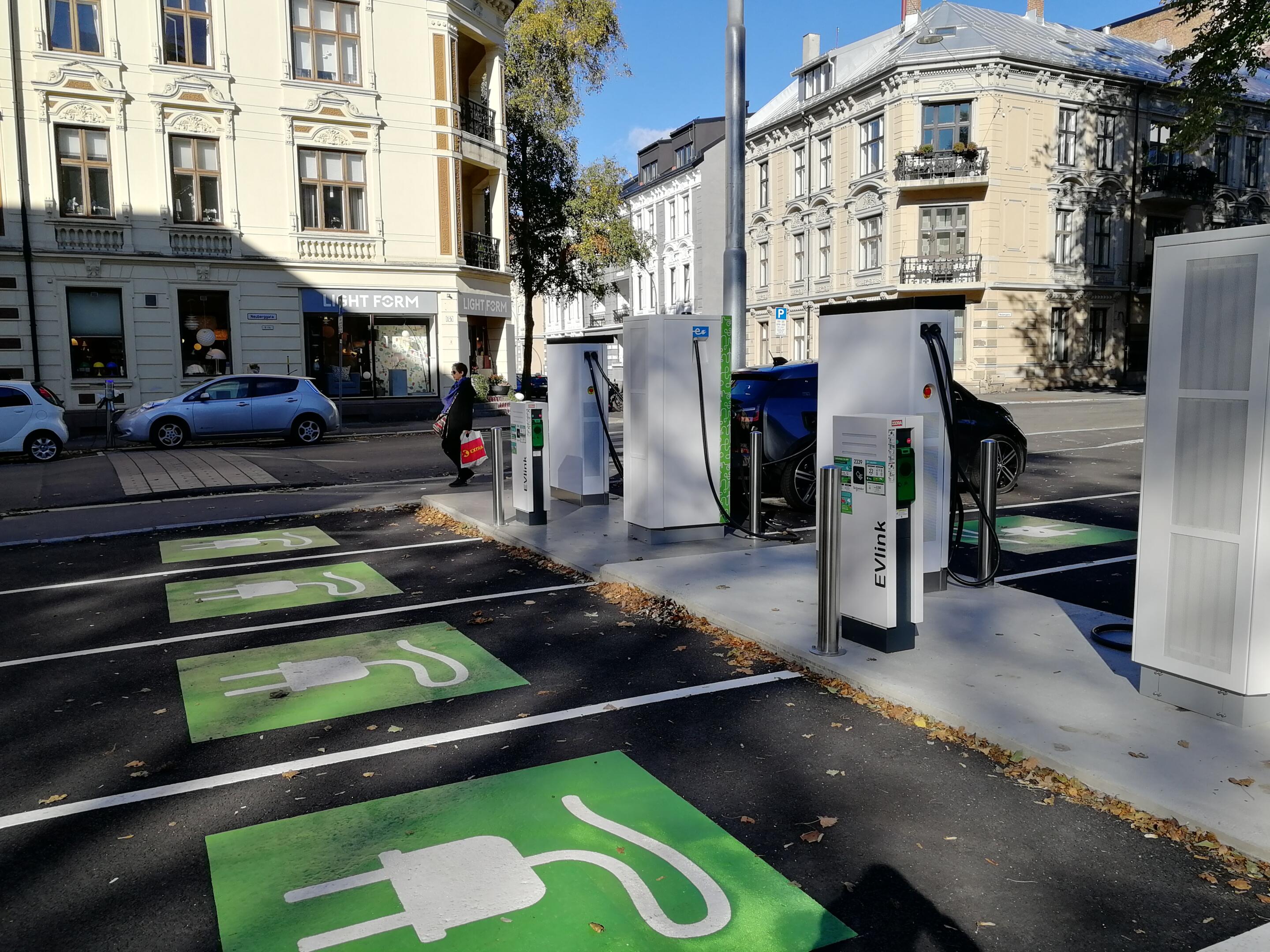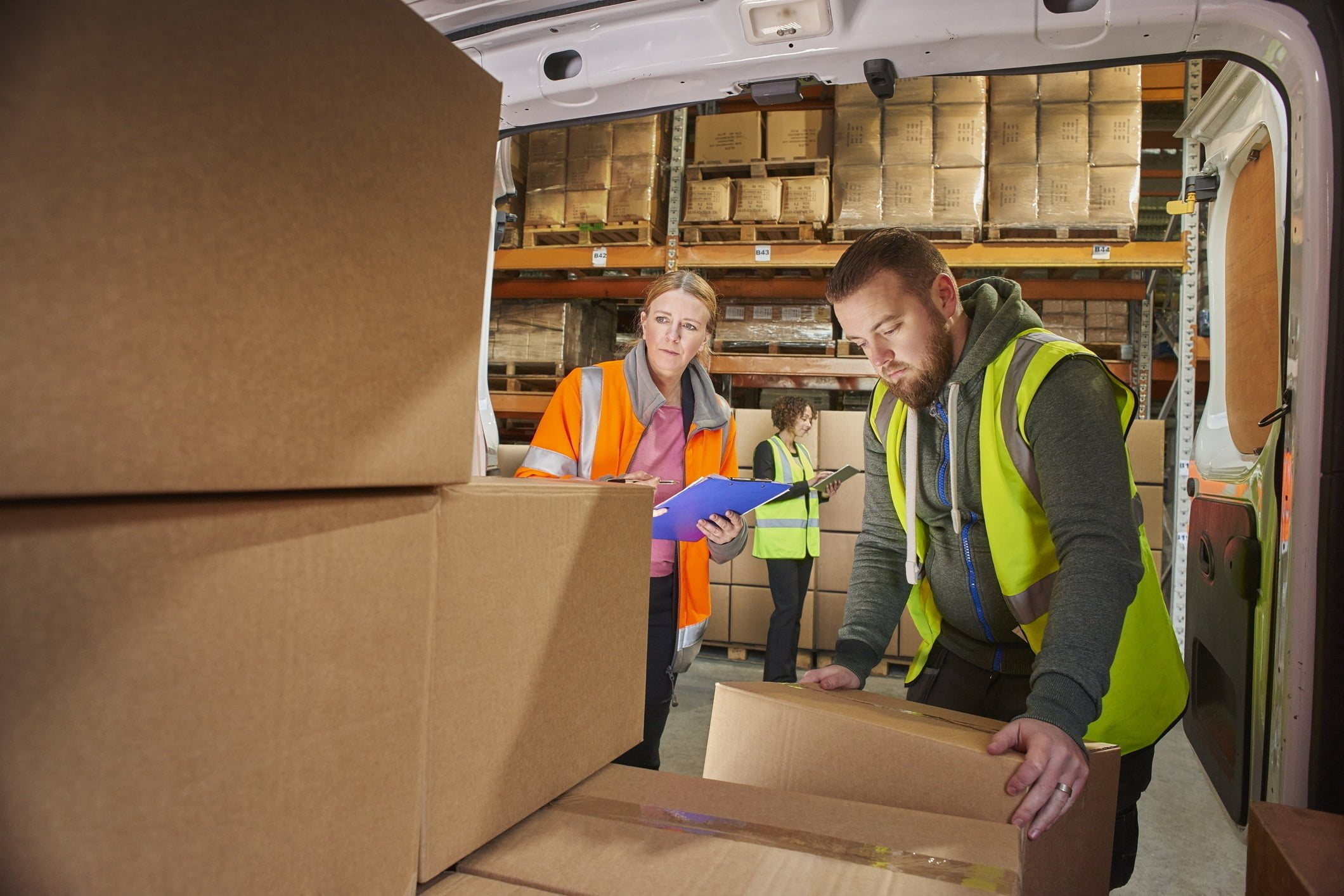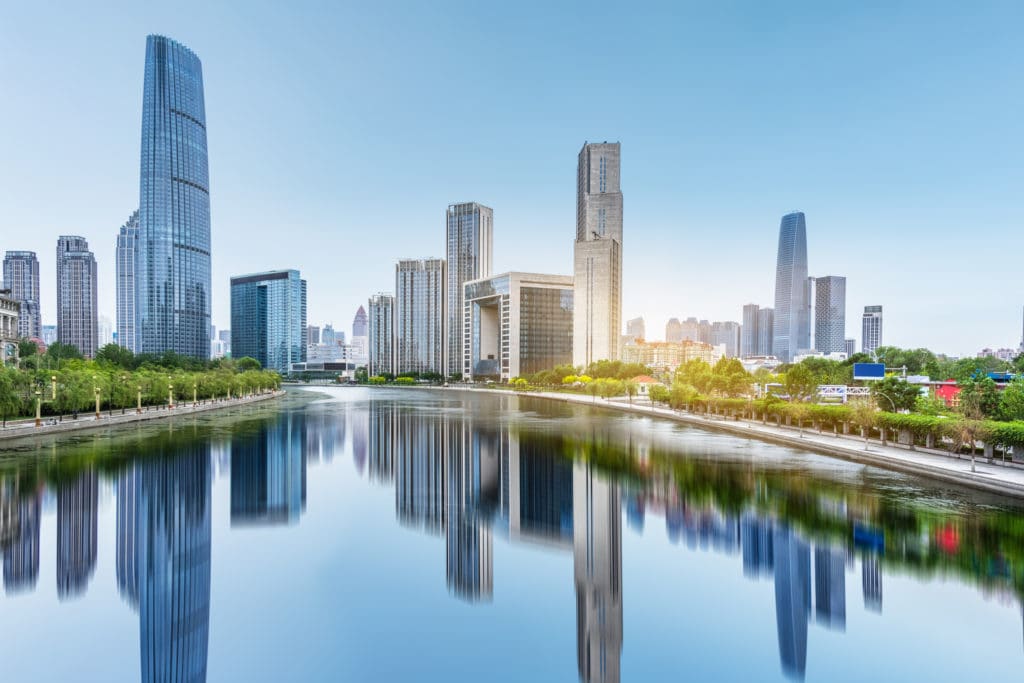Gaining purchase
Giacomo Lozzi and Francesco Ripa go behind the scenes of BuyZET, an EU project tasked with achieving zero-emission city logistics
Cycling along the wide paths bordering the clean streets of Rotterdam, Netherlands on an average day, one can feel the dynamism and the energy of the city that has started a new day. While life goes on as always, many things happen throughout the city that almost go unnoticed. An electrician has just stepped out of his van to get something fixed at a municipal building: it’s his first task for the day. A team of construction workers is waiting for some material to be delivered on the site they’ve been working on for weeks. These and other activities have something in common: they all rely on some sort of transportation services. Their existence is crucial to the functioning of a city like Rotterdam.

A charging station for freight electric vehicles in Oslo, Norway
Finding ways to make them happen with the least possible harm to the environment is a challenge. A challenge that the city decided to take on by exploiting the procurement leverage, with a little help from the European Union and a project called BuyZET.
At first, Rotterdam started to study in detail the myriad activities and movements that the sheer municipality’s needs were producing. How many trucks and vans move around the city to fulfil our needs? What kind of goods and services do they provide? What’s the CO2 footprint of these transport services, and how can we use our influence as customers to reduce it?
They found out that over 95 percent of total emissions were due to the transportation of construction materials. In Rotterdam, just as in many other cities across Europe, roads need to be maintained and new schools need to be built. The city found that heavy-duty trucks travel around 300,000 km a year in the city to deliver construction materials – mostly sand – to these sites.
How many trucks and vans move around the city to fulfil our needs? What kind of goods and services do they provide? What's the CO2 footprint of these transport services, and how can we use our influence as customers to reduce it?
THE LAST MILE
What could the city do to keep the construction sites running but polluting much less? Asking all truck operators to suddenly switch to electric is unrealistic. The development of zero-emission heavy-duty vehicles is not mature enough yet. So instead of setting strict requirements, Rotterdam decided to adopt a more open – or “promotional” – approach based on award criteria.
They decided to focus on the very last bit of the deliveries – the “last mile” connecting the industrial facility to the construction site. The minimum requirements, which apply to the vehicles used within the contract, impose the emission thresholds of the Rotterdam Low Emission Zone (LEZ), which will be transformed to a Zero Emission Zone by 2025.
The city designed award criteria requiring suppliers to put forward a vision for zero-emission transportation for each service contract. This approach was conceived to elicit interesting and innovative ideas from the operators of a highly challenging procurement category. Rotterdam successfully tested this approach in a tender for the supply of bricks in June 2018.
One of the things that the city learned during this experiment is that suppliers are very open to learn more about the existing possibilities for zero-emission vehicles. Another learning was that local authorities should carefully consider the barriers and costs that suppliers may face in adopting such vehicles.
One of the things that the city learned during the experiment is that suppliers are very open to learn more about the existing possibilities for zero-emission vehicles
- Use award criteria and fleet certification schemes to give preference to zero-emission vehicles transportation
- Establish minimum requirements that are realistic and can be met not immediately, but by the end of the contract
- You can require deliveries to be made through a consolidation centre!
- Require transport monitoring data to be collected and shared by suppliers
- Increase contract length – to allow vehicle investments
- Separate contracts into geographical lots to minimise trips across the city.
STAR ATTRACTION
The transportation of craftsmen and supplies in carrying out maintenance activities for buildings owned by the city (e.g. painting, cleaning, plumbing, etc.) was identified as having the second largest transportation emissions footprint within the city, following a procurement mapping exercise. For the procurement process for the renewal of a series of facilities maintenance contracts, a new approach was piloted in 2018, based on the ECOSTARS Fleet Certification Scheme. ECOSTARS, implemented by the city of Rotterdam, rates vehicles and operating practices using star rating criteria, to recognise levels of environmental and energy savings performance of logistics operators. The strategy involves an initial rating of the suppliers’ fleet at the start of the contract period. To receive a contract extension the supplier must achieve a 5-star rating and buy at least one new electric vehicle by the end of the contract. The tender establishes minimum requirements that are realistic and do not need to be met immediately, but by the end of the contract.
Rotterdam hopes that their experience can inspire other European cities to follow the same path towards more sustainable city logistics. The BuyZET project, which ended in 2019, produced a Handbook to make that easier. All the knowledge generated based on the experiences of Rotterdam, Oslo and Copenhagen was consolidated into a document – “Procuring zero emission delivery of goods and service” – that will help city authorities achieve zero-emission city logistics with public procurement.
The five steps presented in the Handbook can be applied in any city. As it happened in Rotterdam, the first challenge is to map the transportation emissions linked with the procurement of goods and services. This exercise allows cities to quantify the CO2 emissions, understand the costs and benefits, and identify procurement areas based on a number of prioritisation criteria.
Based on this analysis, the city has enough information to develop tender requirements that satisfy their policy-making needs. For those requirements to be also realistic for suppliers, though, a process of market engagement is essential. Engaging in a dialogue with private actors allows city authorities to gain a deeper understanding of the market and the potential pathways to zero-emission transportation. This is also a useful process for suppliers, to get a better insight into the policy plans and tender requirements plans for the specific cities, as well as developing their own understanding of zero emission delivery opportunities.
The final challenge is to turn the findings from each of these steps into a concrete plan of action. In this plan, cities need to outline their procurement category addressed
The cities have also investigated the potential and feasibility of buyers’ groups within some priority sectors to foster the demand for innovative transport solutions. Through the buyers’ group, cities aim to attract other public authorities potentially interested in enhancing their public procurement skills for sustainable transport solutions, as well as private buyers and other large attractors such as universities, hospitals, etc. . In some cases, buyers’ groups have also the potential to generate enough purchasing power for the uptake of innovative solutions by the private market.
The final challenge is to turn the findings from each of these steps into a concrete plan of action. In this plan, cities need to outline their procurement approach in each procurement category addressed. Within the project, these action plans were called “Innovative Procurement Plans”.
To conclude, the experience of Rotterdam, Oslo, and Copenhagen shows that it is possible to leverage a city’s role as a customer to make city logistics more sustainable.

Almost every product or service we buy leads to vehicle trips within cities
The BUYZET Handbook
Many municipalities across the EU are making significant efforts towards promoting zero- and low-emission mobility solutions in their own fleets and for the transportation services they procure. However, to date much less attention has been paid to the wider impact of the procurement of goods, works and services on urban traffic flows.
BuyZET stressed how public authorities can adjust their procurement of general goods and services to help promote sustainable urban transportation patterns. The project brought together a group of ambitious cities, led by Copenhagen, Oslo and Rotterdam, who wished to explore how they can promote the zero-emission urban delivery of goods and services through their procurement actions.
The BuyZET Handbook, available online, presents:
- A set of preliminary procurement recommendations for services, good and construction
- A description of the process followed in each city to identify procurement strategies
One of the primary conclusions from the project, however, is that there is no single approach which fits all cases, rather that it is imperative to discuss and develop your strategies together with actors throughout supply chains, in order to devise strategies which really can deliver in practice.
FYI
Giacomo Lozzi is Project Manager and Coordinator Urban Freight at Polis network
Francesco Ripa is Communications Manager at Polis network
 panoramic view of city skyline and cityscape undern blue sky,tianjin china.
panoramic view of city skyline and cityscape undern blue sky,tianjin china.